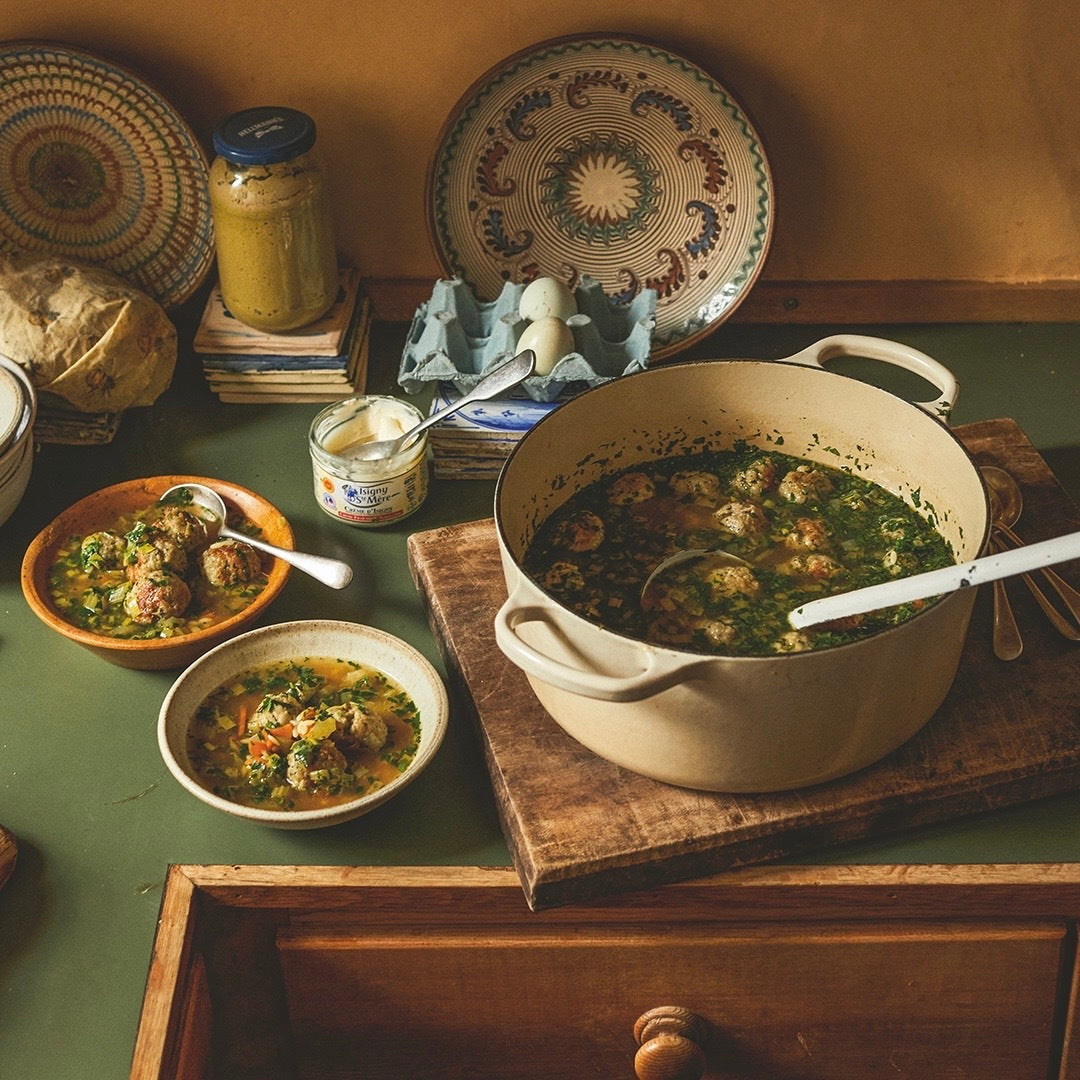There are a plethora (love that word) of whetstones out there on the market. So how do you choose?
TYPES OF WHETSTONES
‘Whetstones’ are blocks of man-made or natural stone that have abrasive particles of a consistent size. They are used to grind a new edge onto a knife when it is blunt or chipped, or to refine an existing edge to make the knife sharper. 'Whet' means 'sharpen', it does not imply water.
There are various types of whetstone:
SOAKING STONES
These are a type of waterstone i.e. they are designed to work with water. Soaking stones absorb water and need to be soaked for 5 to 10 minutes before use, until the bubbles stop coming out of them. They also need to be dried thoroughly (can take up to 48hrs) before being put away.

SPLASH-AND-GO STONES
These are also waterstones, but do not absorb water. This means you just have to splash water on the surface and you can start using them. It also means they will dry completely in just a few minutes.
Soaking stones often provide a better feel and sometimes better results than ‘splash and go’ whetstones, but are not quite as quick to use.

OILSTONES
Whetstones that are used with mineral oil instead of water. They are messier and have largely now been replaced by waterstones.

DIAMOND PLATES
These are solid metal plates coated with industrial diamonds. They work very fast and are aggressive. Diamond plates can be used for repair work, removal of big chips and quick creation of a new edge. Because they always remain flat, they can also be used for flattening whetstones (“lapping”). When a lot of steel has to be removed, diamond plates work really well but at medium to fine grits, whetstones produce a better edge. Diamond plates can sharpen ceramic knives as diamond is harder than ceramic.

COMBINATION STONES
A combination stone is basically two different whetstones bonded together eg. a coarse and a medium. This is so that you can you turn it upside down to swap grit size. These are more affordable but won’t last as long as individual stones. Individual stones can also be rubbed together to flatten them whereas this is impossible with a combination stone.

NATURAL WHETSTONES
Before 1950, all whetstones were made of natural stone. This was mined and cut to size. Stones vary in quality and grit size depending on where they are mined from and from what type of rock. When synthetic stones hit the market around this time they were considered superior as they were more consistent. It is now understood that for fine and polishing whetstones, good natural stones actually outperform synthetic ones. Natural stones can be either porous (soaking stones) or impermeable (splash-and-go type).

WHAT GRIT WHETSTONE DO I NEED?
Whetstones come in different ‘grits’. This refers to the size of the abrasive particles in them and therefore the size of the scratches that they put into metal and how smooth a finish you get. Like sandpaper. When sharpening, start with the lowest grit size (roughest) and work upwards as you make the blade sharper and sharper and the edge smoother and smoother.
COARSE (#120 to #600 GRIT)
For grinding a new edge quickly onto a chipped or blunt knife. TOG recommends #220 or #320.
MEDIUM (#800 to #2000 GRIT)
Used after a coarse stone to make the knife sharper, or on their own for sharpening a knife that isn’t too blunt. TOG recommends #1000 as the best all-purpose grit size.
FINE (#3000 to #5000 GRIT)
Used after medium to make the blade super-sharp. TOG recommends a #4000.
POLISHING (#6000+ GRIT)
For those who want ‘shaving sharp’ knives and a mirror edge, whetstones are available up to #30000. We recommend around #10,000 - beyond that it is better and cheaper to use a leather strop with stropping compound.

HOW MUCH SHOULD I PAY?
Of course you can buy a cheap whetstone made in Taiwan or China, but I urge you to invest in a good Japanese ceramic whetstone because of the following benefits:
- Larger size stones are easier to use (especially for larger knives), work faster and last longer.
- Because they are easier to use, you’re more likely to get good results. This is very important when you’re learning because it can be frustrating not getting the results you want.
- A better quality material eg. Japanese Ceramic is hard enough to work well on hard steels such as those found in Japanese knives. A hard abrasive will also wear down slower.
- More expensive stones often come with accessories. For example, the TOG stones come with a recycled non-slip rubber mat, a wooden box, a TOG unique angle guide and a ‘Nagura’ stone for keeping the surface flat and clean.

CONCLUSION
I have not made up the advice in this blog post in order to get you to buy TOG whetstones.
It's the other way round.
The reasoning behind my advice is the same reasoning I used to create TOG's range of TOG sharpening products. It is all the research and learning I have undertaken over the last 20 years. I created our sharpening products to be the best products available for sharpening kitchen knives. This is important because you get better results quicker and (most important) more easily. If you learn to sharpen knives with cheap products you will find it harder and more frustrating and you will be more likely to give up.
I don't want that.
Bert






